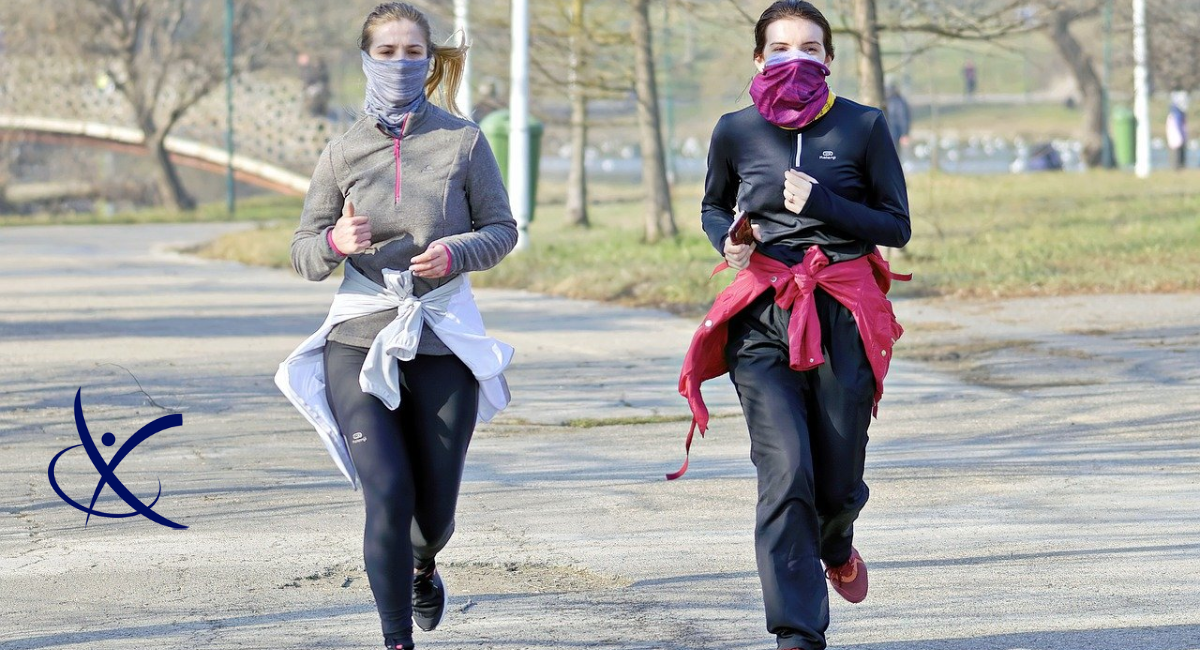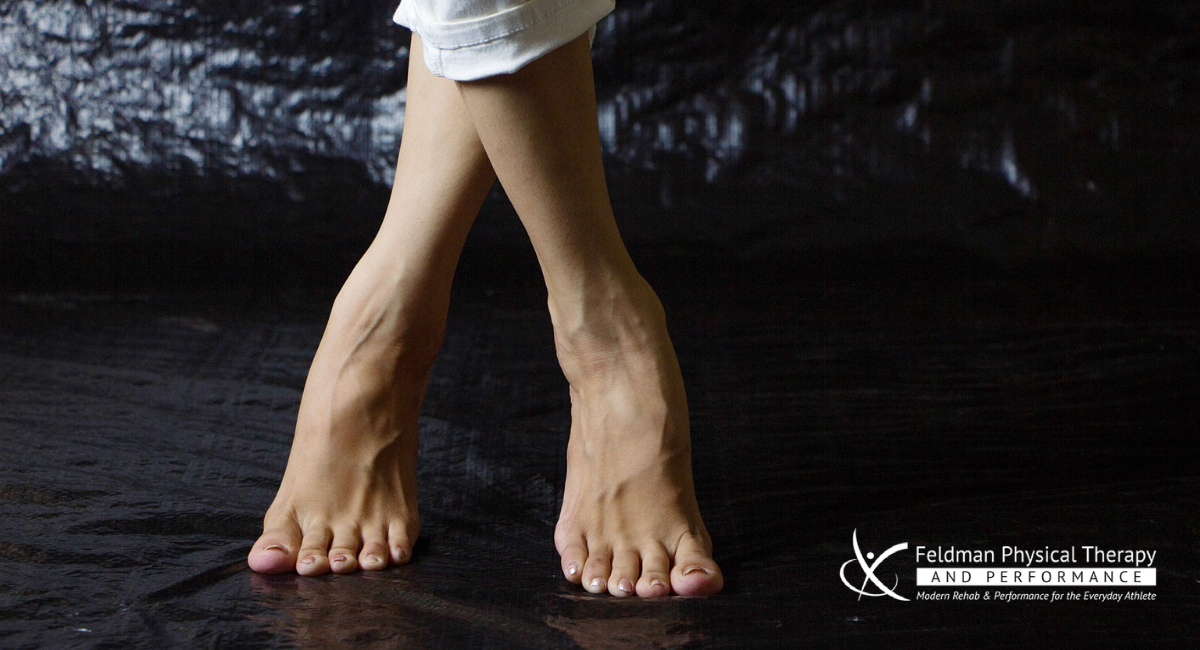
Staying Safe During COVID-19
November 17, 2020
Physical Therapists Have a Role in Your COVID-19 Recovery, Here’s Why
November 29, 2020Foot and Ankle Pain? Here’s How to Fix It!
 Foot and ankle injuries are increasingly common, and without the need for a traumatic injury. There is a common nature about them that presents gradually over time and worsens rather than improves with rest from activity. One of the reasons for that is because it is rather difficult to really “rest” the area. If your shoulder hurts you stop lifting it or carrying things or if your knee hurts you avoid deep bending or lead with the other leg going up stairs. But when it comes to the foot or ankle, it’s kind of tough to “not use it.” With the majority of foot or ankle issues even simply walking around on it bothers it, and forget stairs, moving quickly, or even certain exercises if you are an active individual. This is one reason those injuries can be difficult to treat. The other reason is that there is an inherent lack of proper understanding of the foot and ankle, and how it should be worked.
Foot and ankle injuries are increasingly common, and without the need for a traumatic injury. There is a common nature about them that presents gradually over time and worsens rather than improves with rest from activity. One of the reasons for that is because it is rather difficult to really “rest” the area. If your shoulder hurts you stop lifting it or carrying things or if your knee hurts you avoid deep bending or lead with the other leg going up stairs. But when it comes to the foot or ankle, it’s kind of tough to “not use it.” With the majority of foot or ankle issues even simply walking around on it bothers it, and forget stairs, moving quickly, or even certain exercises if you are an active individual. This is one reason those injuries can be difficult to treat. The other reason is that there is an inherent lack of proper understanding of the foot and ankle, and how it should be worked.
Some of the more commonly known injuries to that area of the body are ankle sprains, plantar fasciitis, and injuries to the “ball” of the foot. Ankle sprains can be traumatic injuries with long-lasting effects due to the stiffness in the ankle capsule that exists after the swelling abates. Pain on the bottom of the foot is almost always assumed to be plantar fasciitis yet there are many structures on the plantar (bottom) surface of the foot that can become impaired. These issues tend to appear to last for prolonged periods, even months, and because of that, we consider them more of a fasciopathy (no inflammation) vs a fasciitis (active inflammation). It may seem like I’m splitting hairs but it changes treatment protocol and you can’t fix something if you’re not treating it correctly. Bunions and metatarsalgia are common injuries that plague the front part of your foot and can be very painful. There are 26 bones, 30 joints, and 20+ muscles that support or move your foot. Bottom line, it’s important to know what exactly is going on.
So while this is not a comprehensive list, these injuries, and others, lead to decreased motion, and decreased motion leads to impaired movement and alters the mechanics of the foot and ankle. Altered mechanics then leads to abnormal stresses in certain areas, and this becomes the recipe for most issues we see in the body. When the pieces of the machine don’t move correctly, things will break down.
Like most body parts we deal with, the goal is to improve mobility, strengthen, and then teach how to use it properly. I used to dislike working on the foot because I felt that the conventional wisdom and treatment methods surrounding it were like spinning the wheel of fortune. Some stuff worked sometimes, and lots of it didn’t work any time. It wasn’t until delving deeper into the issues a few years ago and taking some courses that it clicked. The unconventional part of it for me was treating the foot and ankle like the role it actually plays, a strong unit. I’m not talking about picking up batteries or marbles with your toes. I’m talking about the part of the body that handles massive amounts of stress as it hits the ground when you walk, squat, run, jump, and go up stairs. So enough with the marbles, let’s go hit some weights.
To treat the foot and ankle with the respect it deserves, it means finding a way to load it up like the rest of the body. Specific mobility drills will help restore movement and prepare us for strength work. Mechanically, we know the peak tissue deformation (most stress on the foot) occurs just as your heel comes off the ground when walking or running. Therefore let’s load it up in that position to get the strength needed to handle the demands of the person in question.
For mobility, we like to focus on the ankle, midfoot, and big toe. There are a few drills we favor for these areas and videos will follow so please keep an eye on our social media. For strength work, we start with our infamous “Toe Yoga” that isolates each toe and the forgotten muscles that control the foot. Progressing the strength usually occurs with prolonged holds and the slow and controlled walking or marching drills with different foot or heel positions. Once this becomes pain-free we load the person up with very heavy weights or a weight vest. This is where we find most mistakes are made managing the foot and ankle; not enough resistance is given. Again, we have to appreciate the specific demands and loads placed on this area during not just walking, but stairs, squatting and running/jumping. If you come up short here, things will linger. Therefore, we try to help people understand the importance of going heavy (surprise surprise) and appropriately get their feet and ankles working harder.
Happy Training!





